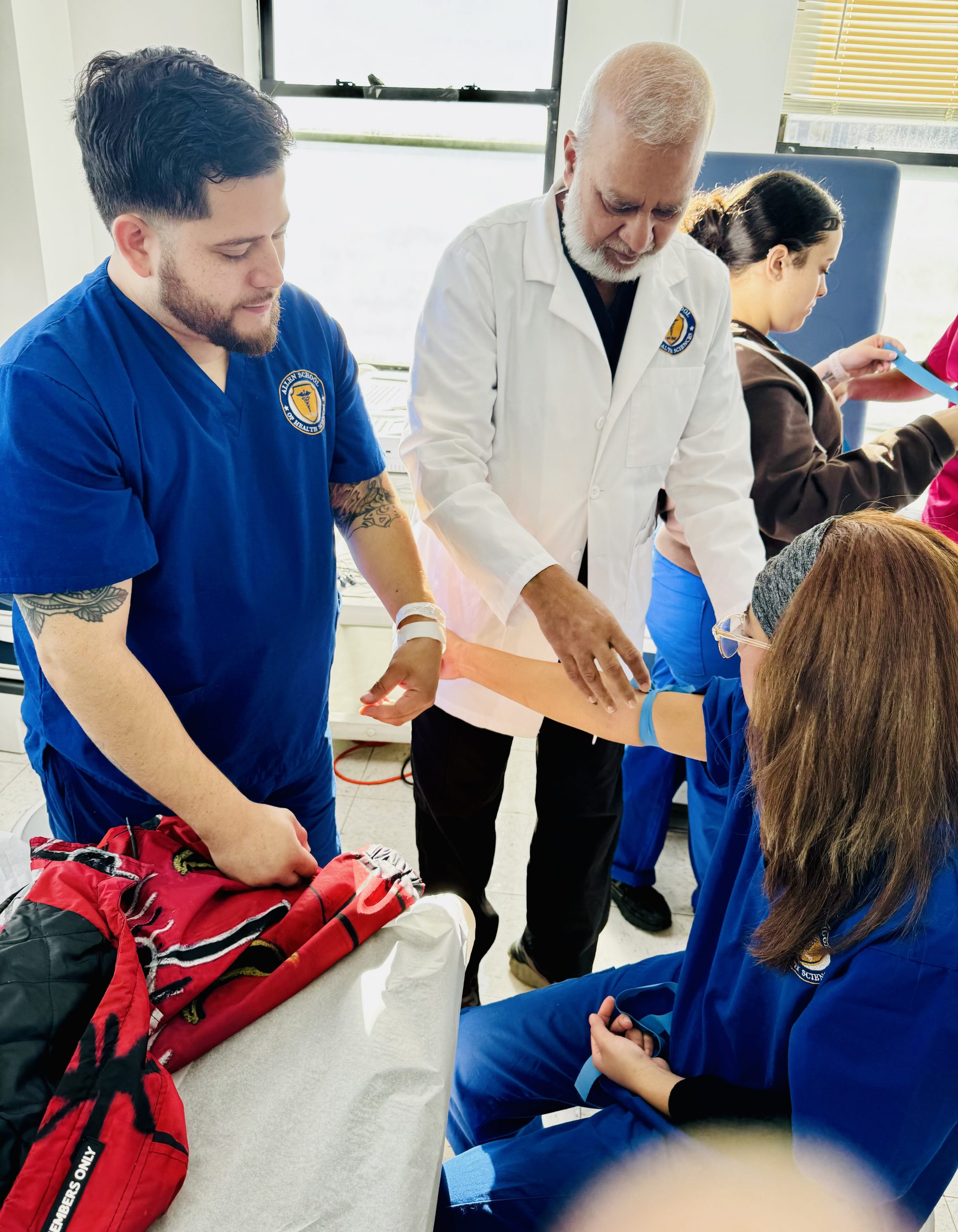
As a medical assistant, you play a crucial role in supporting healthcare providers and ensuring that procedures run smoothly. Understanding common medical procedures can enhance your ability to assist in patient care effectively. Here’s a guide to some of the most frequently performed procedures you may encounter in your role:
Vital Signs Measurement
Description: Taking vital signs is one of the most basic and essential tasks. It includes measuring blood pressure, heart rate, respiratory rate, and temperature.
Key Points:
– Ensure the patient is relaxed and seated before taking measurements.
– Be familiar with normal ranges for vital signs and know when to alert a provider of abnormal values.
Blood Draws (Phlebotomy)
Description: Collecting blood samples for laboratory tests.
– Key Points:
– Use appropriate techniques to locate veins, usually in the antecubital fossa.
– Ensure proper labeling and handling of blood samples.
Urinalysis
Description: Conducting tests on urine samples to assess health conditions.
– Key Points:
– Provide patients with clear instructions on how to collect urine samples (e.g., clean catch).
– Know how to interpret basic results (e.g., glucose, protein, ketones).
Wound Care and Dressing Changes
Description: Cleaning and dressing wounds to promote healing and prevent infection.
– Key Points:
– Use sterile techniques and wear gloves.
– Monitor for signs of infection (redness, swelling, discharge).
Electrocardiogram (ECG/EKG)
Description: Recording the electrical activity of the heart to identify arrhythmia or other cardiac issues.
– Key Points:
– Ensure proper placement of electrodes on the patient’s body.
– Explain the procedure to the patient to help them relax.
Suture Removal
Description: Removing stitches after a wound has healed.
– Key Points:
– Assess the wound for signs of healing and infection before removal.
– Use sterile scissors and forceps and provide aftercare instructions to the patient.
Administering Oral Medications
Description: Providing prescribed medications in pill or liquid form.
– Key Points:
– Confirm the patient’s identity and the medication order before administration.
– Educate the patient about the medication, including dosage and potential side effects.
Assisting with Minor Surgical Procedures
Description: Supporting healthcare providers during procedures like biopsies, lesion removals, or incision and drainage.
– Key Points:
– Prepare the sterile field and necessary instruments.
– Maintain patient comfort and monitor vital signs during the procedure.
Patient Education
Description: Providing patients with information about their health, medications, and procedures.
– Key Points:
– Use clear, understandable language and confirm patient understanding.
– Use educational materials (brochures, handouts) to reinforce verbal instructions.
Assisting with Diagnostic Imaging
– Description: Preparing patients and equipment for X-rays, ultrasounds, or other imaging studies.
– Key Points:
– Ensure patients understand the procedure and any preparations needed (e.g., fasting).
As a medical assistant, your role in performing and assisting with these common medical procedures is vital for patient care and the overall efficiency of healthcare delivery. Familiarizing yourself with these procedures, practicing proper techniques, and maintaining a patient-centered approach will enhance your effectiveness and contribute to positive patient outcomes. Always stay updated on best practices and protocols to ensure the highest standard of care. The Allen School of Health Sciences medical assistant program has the curriculum necessary for students to become successful medical assistants. Our program is taught by instructors with real-world experience with hands-on training in a clinical classroom environment. Our students also have a 275-hour internship where they will work with doctors, nurses, and staff in a clinical setting. If you are a CNA or another healthcare professional looking to upgrade your skills or a person looking to change careers, learn more at the Allen School today! www.allenschool.edu
